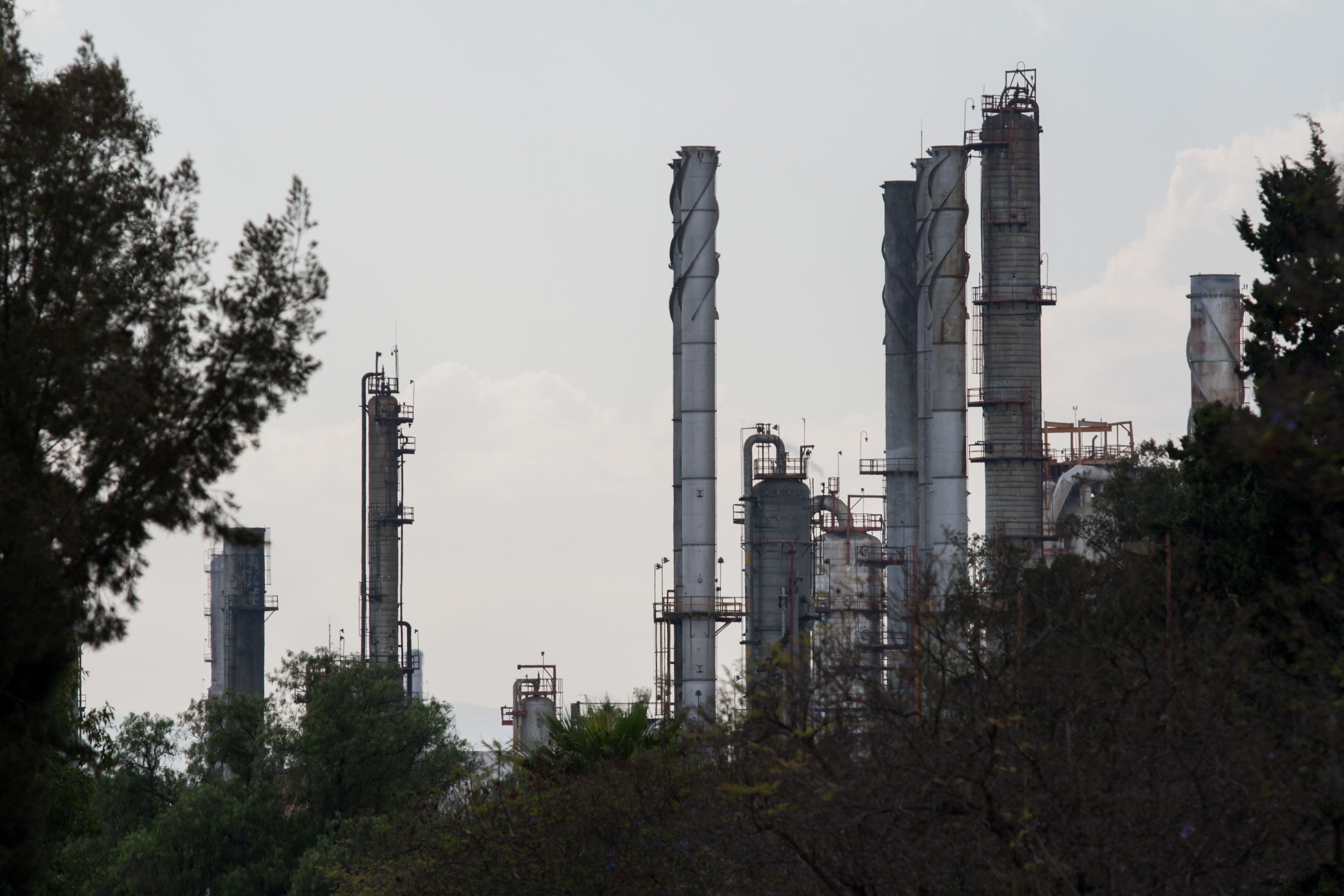
This Friday, March 18, the mega bridge begins for students of basic schools, which are preschool, primary and secondary schools, in Mexico. This, according to the school calendar of the Ministry of Public Education (SEP).
It is called mega bridge because there are no classes this Friday or next Monday, because important dates are commemorated on both days. This March 18 commemorates the anniversary of the Oil Expropriation, carried out on March 18, 1938, when former President Lazaro Cardenas del Rio issued a decree expropriating 17 foreign oil companies operating in Mexico.
It should be noted that this Friday, March 18, is not an official holiday. The reason students don't have classes is because teachers perform exam and grade review.
However, next Monday, March 21, there will be no school either, if it is marked as an official holiday, this is due to the celebration of the birth of Benito Juárez García, former president of Mexico.

After the mega bridge, next Friday, March 25, the students will again not have classes, this is because the teachers will hold the Fifth Ordinary Session of the School Technical Council (CTE).
As already mentioned, this Friday, March 18, the Oil Expropriation is commemorated, which was an act through which Mexico's oil industry was nationalized.
It is essential to mention that the history of oil in Mexico has been linked to a constant struggle between the State and foreign companies for control of hydrocarbons. In accordance with this, the Union of Oil Workers of the Mexican Republic (STPRM) was created in 1935, with the strong support of the federal government. Subsequently, in 1936, the STPRM demanded economic demands, which were rejected by the oil companies, including: the 40-hour work week; wage payment during illnesses; family compensation in case of death or total disability, minimum wage of five pesos, pensions, among others.
In May 1937, the union declared its decision to call a strike if companies did not respond satisfactorily to what the STPRM submitted it to the Federal Conciliation and Arbitration Board (JFCA) as an economic dispute. The JFCA reviewed the case and determined that the companies had sufficient resources to comply with the workers' request. In December of that year, the board issued an award for companies to establish the required working conditions, beginning in the first week of 1938.

Thus, on March 18, 1938, when the President of Mexico, General Lázaro Cardenas del Río, issued the Decree of Oil Expropriation, which consisted of the legal appropriation of oil exploited by 17 foreign companies that had control of the industry, to become the property of Mexicans.
The decree consisted of the legal expropriation of machinery, facilities, buildings, refineries, distribution stations, vessels, oil pipelines and all movable and immovable property, of the Mexican Oil Company called El Águila (Royal Dutch Shell), the San Cristobal Shipping Company, the San Ricardo Shipping Company, the Huasteca Petroleum, Sinclair Pierce Oil Company, Mexican Sinclair Petroleum Corporation, Stanford and Company, Penn Mex Fuel Company, Richmond Petroleum Company, California Standard Oil Company of Mexico, El Agwi Oil Company, Imperio Gas and Fuel Company, Consolidated Oil Company of Mexico, Company Mexicana de Vapores San Antonio, Sabalo Transportation Company, Clarita S A and Cacalilao Sociedad Anónima, as well as its subsidiaries or subsidiaries.
Similarly, the expropriation established that the Mexican State would have total control over the production and marketing of oil on national territory, that is, on land and sea. This meant that the government obtained more economic resources, thereby strengthening public finances, and with good income the country's economic activity increased significantly.
KEEP READING:
Últimas Noticias
Debanhi Escobar: they secured the motel where she was found lifeless in a cistern
Members of the Specialized Prosecutor's Office in Nuevo León secured the Nueva Castilla Motel as part of the investigations into the case

The oldest person in the world died at the age of 119
Kane Tanaka lived in Japan. She was born six months earlier than George Orwell, the same year that the Wright brothers first flew, and Marie Curie became the first woman to win a Nobel Prize

Macabre find in CDMX: they left a body bagged and tied in a taxi
The body was left in the back seats of the car. It was covered with black bags and tied with industrial tape
The eagles of America will face Manchester City in a duel of legends. Here are the details
The top Mexican football champion will play a match with Pep Guardiola's squad in the Lone Star Cup

Why is it good to bring dogs out to know the world when they are puppies
A so-called protection against the spread of diseases threatens the integral development of dogs




